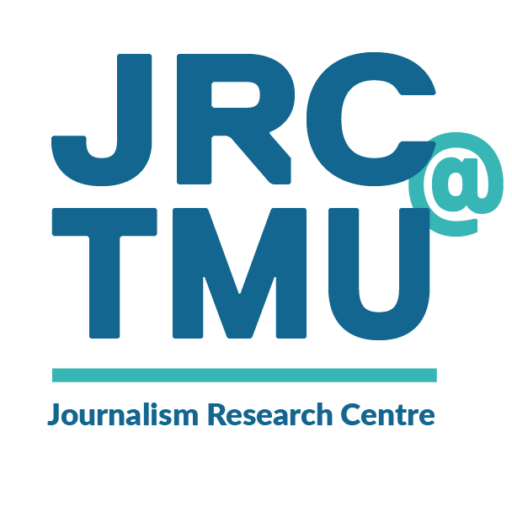By JACKIE HONG
STAFF REPORTER
Writing with proper grammar and spelling can be challenging, especially without a word processor. What may come as a surprise though is that even some journalism students, who are expected to churn out dozens of news articles every year, struggle with constructing grammatically-correct sentences.
That was one of the findings Ryerson journalism professor Anne McNeilly presented during a recent talk to fellow colleagues about her research into first-year university students’ grasp of some of the fundamentals of the English language.
The minimal-marking project she and three colleagues conducted in the School of Journalism throughout 2012 resulted in significantly higher grammar test scores in two first-year classes of minimally-marked students when compared to two traditionally-marked classes, McNeilly said.
She said the concept, which requires students to identify and correct their own grammar errors, suggests minimal marking might be a better strategy for helping students learn the finer points of grammar than simply having instructors correct student copy.
McNeilly experimented with the approach, suggested by Washinton State University English professor Richard Haswell back in 1983, to determine whether it might help students improve their written language skills. The positive results, she says, suggest it might be effective for learning any material, particular to a discipline, that requires rote-memory learning. In journalism school, for example, students are required to learn the extensive Canadian Press style rules used by news publications across the country.
McNeilly said she undertook the project because many students new to the school’s competitive journalism program seemed to struggle with written grammar rules.
She said that the scores on a basic grammar test, which all first year journalism students get three chances to pass, have not been the best. And many of the students report they did not receive a lot of grammar instruction at elementary and secondary levels, something McNeilly said might be due to the introduction and popularity of the “whole language” approach to reading and writing in the 1970s and 1980s.
With minimal marking, the instructor places a check in the margin at the end of each line that contains a grammar or spelling mistake. Students are required to identify and correct all mistakes before receiving their grade on the assignment. Research suggests that students tend to focus on their grade and ignore the comments made under traditional marking schemes, McNeilly said.
At Ryerson, there are five classes of first-year journalism students. Four classes participated. Two were marked as always, while the other two were “minimally marked.” When the same grammar test was given to all four classes at the end of the 2012 fall and spring semesters, the failure rate in the minimally-marked classes was seven per cent compared to 19 per cent in the regularly marked classes. In addition, the percentage of students who scored As and Bs in the minimally-marked classes – 43 per cent – was more than double the 19 per cent who scored an A or B in the regularly-marked classes.
“It’s problematic, and I think it may be pointing to larger problem in our education system,” McNeilly said. “There seems to be a real deficit here,” which she said may also be attributable to the increasing use of texting and tweeting amongst “digital” natives.
Although the concept has been promoted as a time saver, McNeilly said that the minimal marking required a “greater time commitment” on the part of instructors because of the number of grammar mistakes that could be present in any one story and because students sometimes had trouble identifying the problem. But she said “it’s worth it, if it facilitates students’ learning” in the long run.
